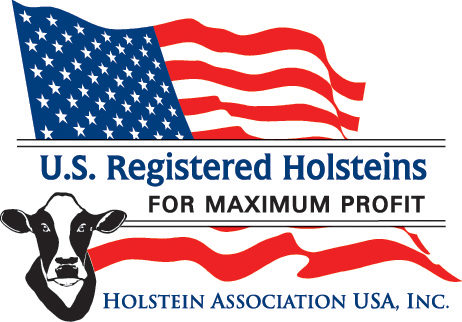Five years ago I wrote about what it means to have a firm digital handshake. At the time, I indicated I was working on mine. Well, I still am.
One of our Proud to Dairy bloggers recently emailed to ask me some questions about my job for a class project. My answers revealed that in the past few years I’ve made productivity improvement somewhat a hobby.
Here’s a glimpse at some of the tips and tools I’ve learned in the past few years. Perhaps they may be useful to you.
Remember the Milk (RTM)
I started using this to-do application because I thought it had a name that anyone affiliated with the dairy industry would be proud of. It was also free. I’ve been paying for its premium subscription service for four years.
Twenty-five dollars a year allows you to sync your to-do lists across all devices. I’m not convinced Remember the Milk is the best to-do application available, but I don’t know that it matters to productivity when you’re first starting out. I’ve discovered that your to-do application is a lot like a TMR mixer.
It can’t feed your cows better if you don’t put a well-balanced diet rich with high-quality ingredients (minutely defined tasks that match your mission statement and values) into it first.
Getting Things Done (GTD)
I subscribe to David Allen’s thoughts on task management. His book on to-do lists and personal organization has changed my entire workflow. In my opinion, his most important advice is to get everything out of your head.
I’ll put my memory (except for names) up against just about anyone else’s. After reading Allen’s book, I realized that my memory might not be such a prized asset, as it has been overstretched for too many years as I have tried to keep track of everything I need to do.
I now get all of my to-dos cataloged in Remember the Milk as I think of them (via Siri on my iPhone) or at least on a piece of paper that I enter into Remember the Milk at the end of each day.
The less I have to remember what I need to do, the more energy I feel I have to actually get things done. (For those of you who are still searching for your to-do strategy, Michael Linenberger’s Manage Your Now (MYN) system might also be worthwhile to check out.)
Emails
I haven’t cracked this nut yet, although I know emails kill productivity when used ineffectively. The most important thing I’ve learned in the past five years is to clarify with the sender what is requested of me in an email or why I was CC’d.
Oftentimes, eliminating an email requires clarifying a protocol, empowering an employee to make their own decision or just asking for a little extra time.
I clean out my inbox at the beginning and end of each day. However, that doesn’t mean every email goes answered the same day it was received. I file each incoming email into one of three folders: urgent, important or projects.
My goal is to address all urgent emails or tasks each day. I track how many messages in my email and physical inbox did “get done” in Excel each day.
My spreadsheet auto-calculates when I’ve reached my warning threshold of undone messages (100). When I hit that mark, I know I need to spend a few extra hours just catching up on things.
Evernote
I joined the cloud-sharing notes application in 2009. Since then I’ve added more the 2,000 text files, scans, phone captures or voice descriptions to the application. I like that I can add tags to individual notes at my desktop or on the go to help categorize the thoughts I’ve captured.
I frequently use the program’s browser extensions to “clip” information from the web. Most of my notes are reference material.
But what I love most about it is that if I can even remember a single word or the approximate location I was when I captured the information, I can usually find it with Evernote’s ultra-sensitive search.
I use it to detail how I did something last time or the parts I need to fix something. Even though you can pay for premium services, I find that the free account works just fine for me.
Organizing for Success
A colleague recommended Kenneth Zeigler’s book about how to properly organize the tasks of your day. (Think mixing order of your ration’s ingredients.)
The book doesn’t really help you identify your to-dos (gather high-quality ingredients), but it does make sure that you don’t spend too much time (over- or undermixing) them based on when you plan to do them in your day or week.
I especially liked the book’s suggested one-week time audit. You can download the audit materials for free online.
I’ve still got much to learn about productivity. Hope this helps at least one of you. As always, I welcome your own thoughts on this subject. PD

Walt Cooley
Editor
Progressive Dairyman
(208) 324-7513







